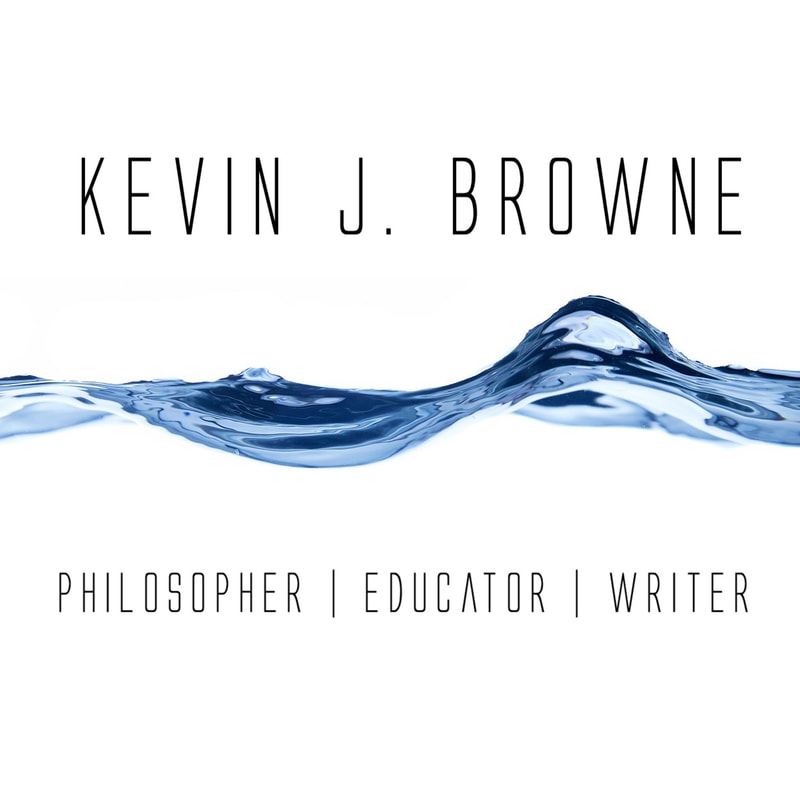 Imagine meeting someone who could only see this picture as a duck. They cannot see the rabbit. Your job is to get them to see the rabbit. That is what teaching really comes down to. Getting someone to see something new or something old in a new way. How do you do it? I don't know. As an educator what I feel like I do know is this: This task cannot be quantified. This task cannot be achieved using the same method for everyone. This task is not measurable as a learning outcome. But, this task is the central function of good teaching. Measure what you want. Create tests and teach to them. Assess and assess and assess. But, don't think what you're measuring is getting you any closer to seeing the rabbit if you can only see the duck yourself. In an interesting article titled "AT&T and Udacity partner to create the ‘nanodegree,’ a new type of college degree," Gregory Ferenstein describes an interesting new approach to the college degree: the nanodegree. What I find most interesting about the article and will comment on is this part: "Last year, on stage with California Lt. Governor Gavin Newsom, Udacity founder Sebastian Thrun announced a new consortium of businesses, the Open Education Alliance, that would agree to recognize an industry-focused skills credential. The nanodegree is the first product of that promise, together with many of the original partners, from AT&T to Autodesk. “It’s a failure of the community college system, the California state system, and the University of California system that that announcement was made,” said Newsom, who believes California education should do more to address the widening skills gap." In particular, take note of Newsom's comment: "It's a failure of the community college system, the California state system, and the University of California system that that announcement was made." Presumably, a failure because these state institutions did not come up with the idea on their own. It should come as no surprise that such large bureaucracies did not come up with such an innovative idea or if they did, they could not effectively and efficiently implement it. It's simply not one of the strengths of large bureaucracies to do this. Any ideas like the nanodegree that originate within a large academic institution have a long and arduous process to go through before they gain acceptance and implementation. Often they must suffer through long committee processes designed, from what I can tell, to kill such ideas. Having served on such academic committees and tried getting ideas through them I speak from some experience. But, can we entirely fault a system that is not set up to promote innovation for failing to come up with innovative ideas and act on them? Higher education will be going through some major disruptive innovation over the next 5-10 years. The question I have been raising in whatever forum will provide an opportunity is whether colleges and universities will contribute to this innovation or will they simply remain on the sideline and in denial about what is happening all around them. I suspect that it will be the latter for the most part. As more innovative ideas like nanodegrees come about, we will see more failures of other community college and state university systems. Those inside these institutions have been warned! When it comes to education, we need to stop pretending:
1. that more assessment and data are the answer to every problem in education. Students are not data points. Making them feel like this will do nothing to enhance their learning or their love of learning. 2. that math courses really teach problem-solving. Math courses teach how to solve math problems in math textbooks. Unless the course does something radically different such as presenting students with real-world problems and facilitating methods for solving them then the entire benefit of math courses as problem-solving courses is just a pretense. 3. that we can get our students to value lifelong learning without modeling it for them. Many teachers and professors are doing a phenomenal job of modeling a love of learning, but many are just doing their job and no more. You can't stand up and say lifelong learning is valuable with any credibility without showing it in your own life and actions. You want students to read books, read them yourself! 4. that we can encourage creative thinking without valuing creative endeavors. Do you want to make the argument that creativity is important? Then include creativity in your courses! Teach through creative processes and teach academic courses using the arts. Show the connection and students will see the connection. 5. that lecturing, using textbooks, and other conventional tools will lead to motivated learners. There is no reason to use textbooks to teach… Well, anything! There are better, more affordable resources everywhere. Interesting books, interactive websites, the great outdoors. If you want to motivate students to be learners introduce them to the best ideas and resources in the field you are teaching them. That rarely will include the standard textbook for your course. |
KEVIN J. BROWNEPhilosopher / Educator These blog posts contain links to products on Amazon.com. As an Amazon Associate I earn from qualifying purchases.
Categories
All
Archives
April 2023
|




 RSS Feed
RSS Feed
















